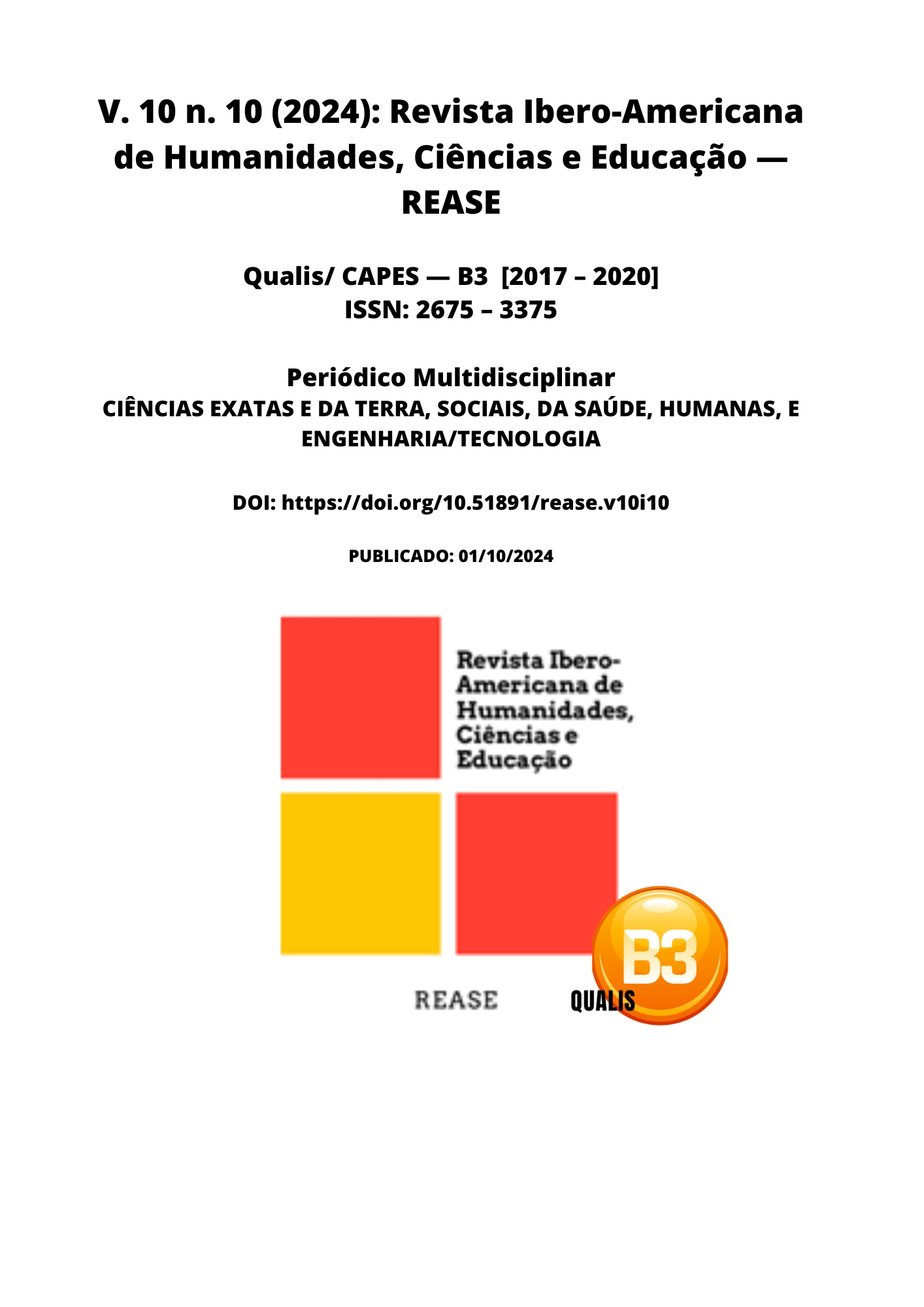SURGICAL APPROACH TO AORTIC ANEURYSMS IN PATIENTS WITH EHLERS-DANLOS SYNDROME: RHEUMATOLOGICAL PERSPECTIVE AND VASCULAR SURGERY
DOI:
https://doi.org/10.51891/rease.v10i10.15932Keywords:
Aortic aneurysm. Ehlers-Danlos syndrome. Vascular surgery. Vascular complications and surgical treatment.Abstract
Introduction: The surgical approach to aortic aneurysms in patients with Ehlers-Danlos syndrome (EDS) is a complex issue due to the particular characteristics of this condition. EDS is a connective tissue disorder that affects vascular integrity, resulting in increased susceptibility to complications such as aneurysms. These patients have arterial wall fragility, which can make both detection and surgical management difficult. The rheumatological implications of EDS make multidisciplinary evaluation essential, considering not only vascular aspects but also the management of associated comorbidities. Objective: To analyze studies that addressed surgical intervention in aortic aneurysms in patients with EDS, seeking to understand the clinical results and the most effective therapeutic guidelines. Methodology: The methodology was based on the PRISMA checklist, with searches in databases such as PubMed, Scielo and Web of Science, using five descriptors: "aortic aneurysm", "Ehlers-Danlos syndrome", "vascular surgery", "vascular complications" and "surgical treatment". Inclusion criteria included studies published in the last ten years, articles that focused on patients with EDS and those that described surgical outcomes. On the other hand, studies that did not present clinical data, those that addressed other types of aneurysms and reviews that did not provide relevant information were excluded. Results: The results indicated that the surgical approach in patients with EDS required a careful risk assessment, highlighting the need for adapted surgical techniques. The literature revealed that preventive surgery can be beneficial, reducing mortality associated with ruptures. The main topics addressed included the importance of regular monitoring, strategies for managing hypertension and the consideration of less invasive options when possible. Conclusion: The review demonstrated that the surgical approach to aortic aneurysms in patients with Ehlers-Danlos syndrome requires an integrated strategy that combines rheumatological and vascular knowledge. Prevention and adequate management of complications are essential to improve clinical outcomes. Personalized treatment, combined with a multidisciplinary team, can increase the safety and efficacy of surgical interventions in this group of vulnerable patients.
Downloads
Downloads
Published
How to Cite
Issue
Section
Categories
License
Atribuição CC BY

